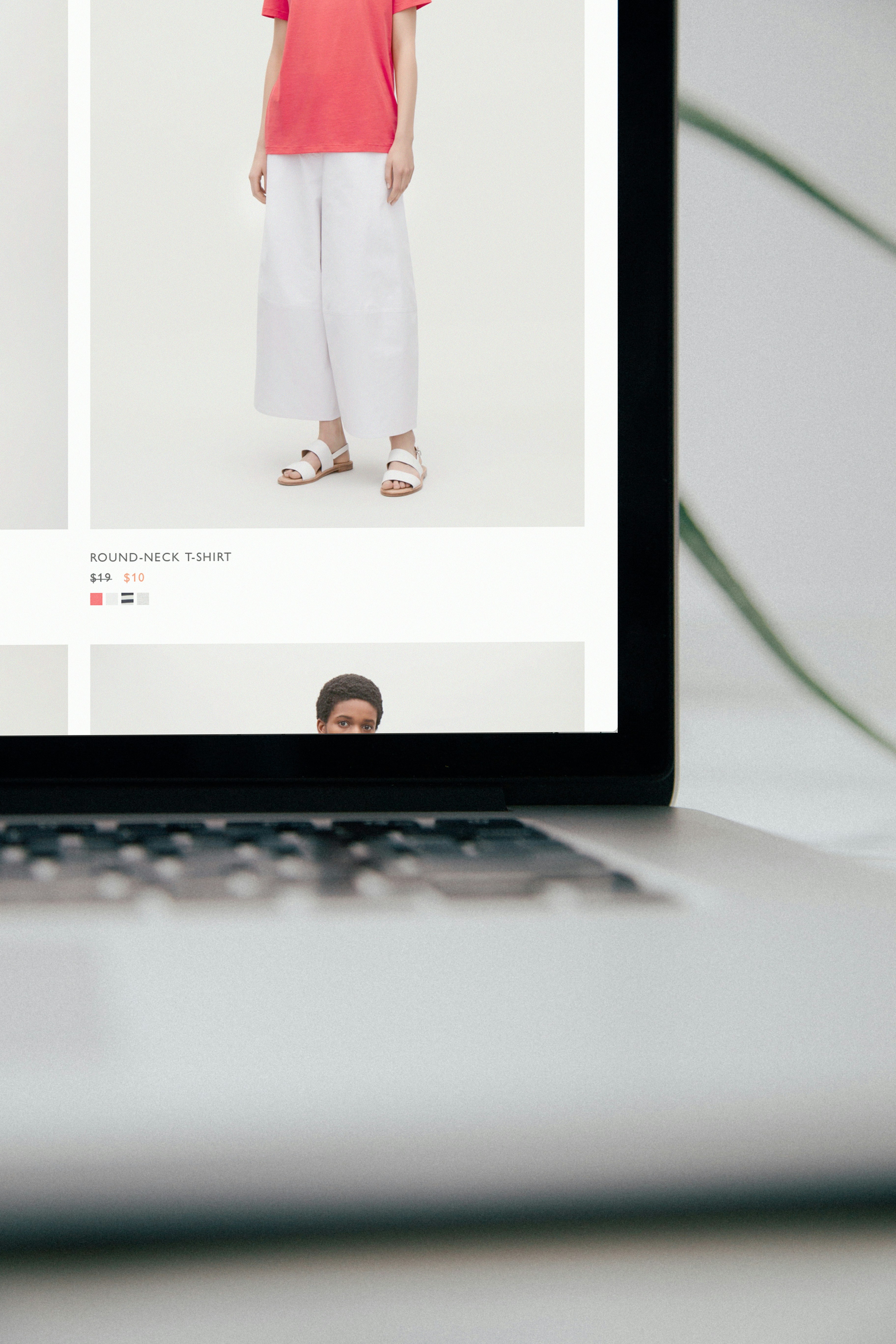When Light, Sound, and Space Become Part of the UI

When Light, Sound, and Space Become Part of the UI
As UX designers, we’re trained to think in terms of screens, clicks, swipes. But what happens when the “interface” isn’t a screen at all—when it’s a space, a sound, a shift in light?
Working on Incremental, an immersive installation about housing and urban identity, completely changed the way I think about design. For the first time, I wasn’t just designing pixels—I was designing atmospheres. And everything I thought I knew about user experience got turned inside out.
The Setup
Incremental was born as a university project, but quickly became one of the most challenging and meaningful experiences I’ve had as a designer. The goal was to create an interactive exhibition that invited visitors to reflect on Argentina’s housing crisis, using the work of architect Alejandro Aravena as a starting point.
We wanted people not just to learn, but to feel—to be present, moved, and involved.
But how do you design an experience where there’s no screen to tap, no interface to scroll?
That’s where things got interesting.
Designing with the Senses
We started by treating the exhibition like a story. We wrote a narrative arc, broke it into moments, and assigned media and interaction types to each one. There was:
A facial-recognition welcome screen that personalized the experience.
A room with video mapping and quadraphonic sound that enveloped the visitor.
Interactive totems built with TouchDesigner and p5.js to explore identity, context, and memory.
I had to collaborate across disciplines: architecture, motion design, sound engineering. And most of all, I had to let go of control—because in a physical experience, people move how they want.
What I Learned
Interaction doesn’t always require input. Sometimes just being in a space is enough.
Design is not just visual—it’s temporal, spatial, emotional.
Testing in real space matters. A concept that works in theory might fall apart in the dark, with people talking, walking, distracted.
I also learned the value of adaptability. We had to solve tech problems on the spot, reprogram sensors, rethink how people would actually behave, not how we hoped they would.
Conclusion
Working on Incremental taught me that experience design goes far beyond Figma. It lives in how people move, pause, notice, and remember.
Not every project needs to be immersive. But every experience benefits when you design with more than one sense in mind.
Whether we’re designing websites or exhibitions, we’re always designing environments. Some just happen to fit inside a screen.


